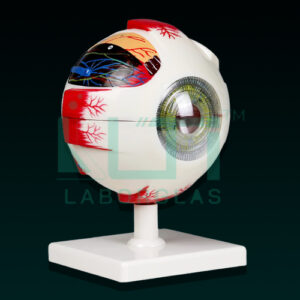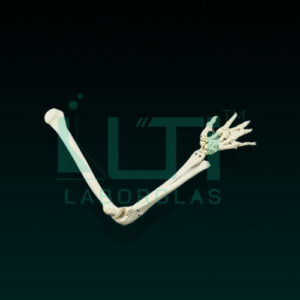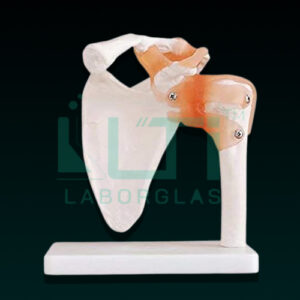- Life size model of human skull on cervical spine.
- Cervical spine is shown with seven cervical vertebrae with intervertebral disc, cervical nerves, vertebral arteries, basilar artery and rear cerebral arteries.
- Skull is dissectible into 3 parts with moveable jaw, cut calvarium.
A skull with a cervical spine model serves educational, medical, and research purposes, providing a detailed representation of the human skull and the cervical vertebrae. Here’s a brief overview of its uses:
- Anatomy Education: Used for teaching anatomy, allowing students to study the skull, cervical spine, and their intricate structures in an integrated model.
- Medical Training: Supports medical training programs by providing a comprehensive representation of the skull and cervical vertebrae for in-depth study.
- Orthopedic Studies: Beneficial for orthopedic education, illustrating the relationship between the skull and cervical spine in the context of musculoskeletal health.
- Neurosurgery Planning: Healthcare professionals may use this model for surgical planning and visualization of procedures related to the skull and cervical spine.
- Patient Education: Enables healthcare practitioners to visually explain conditions, injuries, and treatment options involving both the skull and cervical spine to patients.
- Forensic Studies: Used in forensic studies for analyzing cranial and cervical features, aiding in the identification of remains.
- Research Reference: Provides researchers with an accurate model for studying the anatomy, biomechanics, and variations in the skull and cervical spine.
- Emergency Medicine Training: Relevant in emergency medicine training for understanding potential injuries and trauma affecting the skull and cervical spine.





